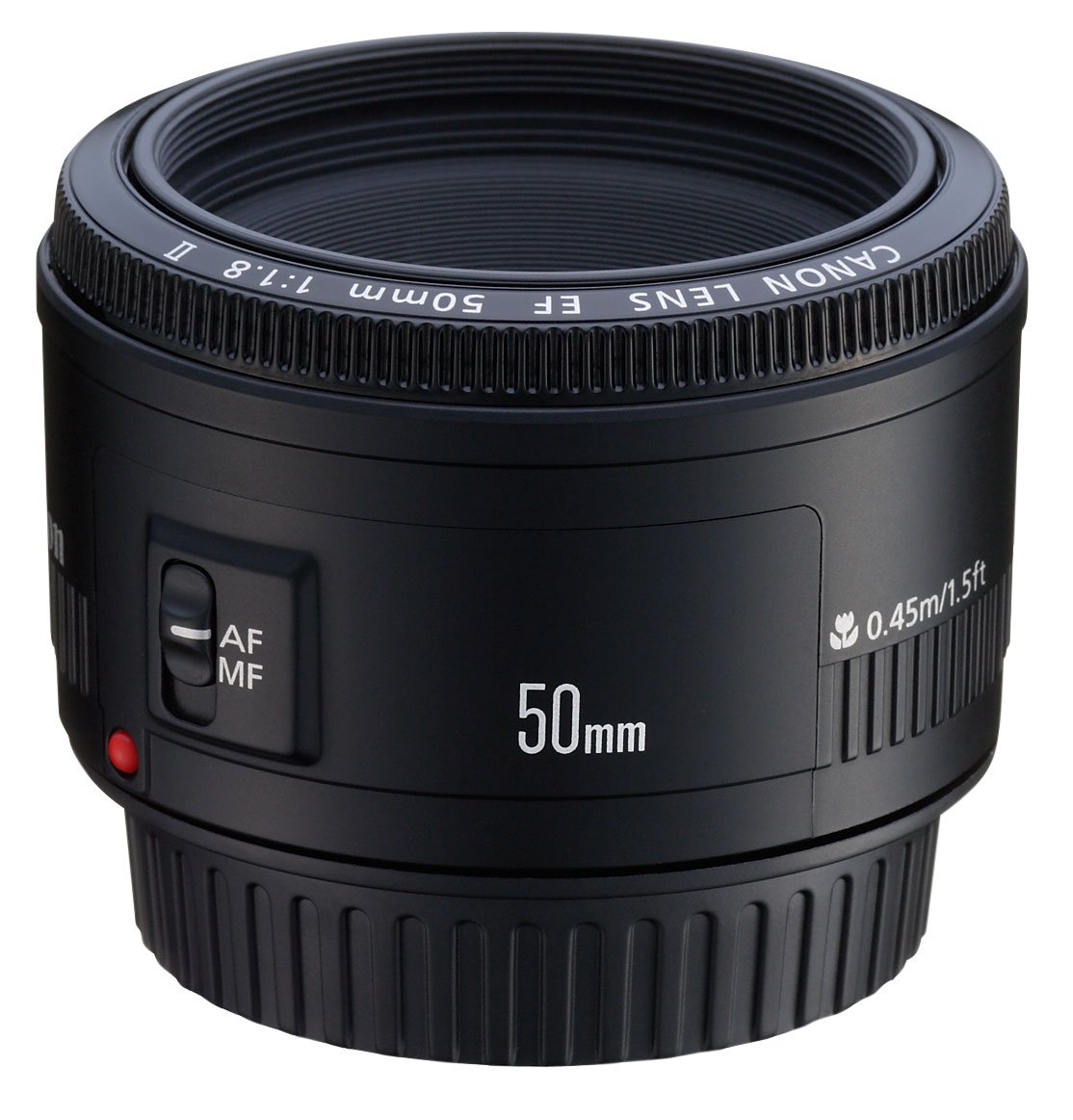| To compare the depth-of-field and bokeh quality of the three Canon EF 50mm lenses under real-life conditions, I shot this still life scene with each lens at every aperture setting within a few moments of each other, using a Canon EOS 5D Mark III mounted on a tripod.The Mark III was set to 100 ISO and the lenses focused on the napkin tied around the glass using magnified Live View assistance. The image opposite shows the full composition, while the images below at each aperture show a cropped area of the frame, marked by the red square and reduced to fit the page. Note there was some movement in the background between some frames, so I’ve concentrated my comparisons and comments on the portions of the frame which have remained consistent.While there are differences in focusing, build and optical quality between the three Canon EF 50mm lenses, arguably the two most important factors when choosing one of them is the aperture and the price. This especially applies to the top-end EF 50mm f1.2L USM which is considerably more expensive than the f1.4 version. Yes it’s the only one of the three with the L badge, but how much difference is there between f1.2 and f1.4?Technically it’s easy to calculate the light gathering difference between f1.2 and f1.4 is half a stop, with a further two thirds of a stop between f1.4 and f1.8. These all help when shooting in very low light, but I think the thing most of us want to know is what impact do they have on the depth of field. Just how much shallower is f1.2 than f1.4 and f1.8? And crucially, when all are set to the same focal ratio, will they deliver the same quality result? Let’s find out on this page! The crops below are taken from the area marked by the red square and reduced in size to fit the page. As noted earlier, there was some motion in the background between the shots in the test, so I’ll concentrate on comparing the elements which are consistent. The EF 50mm f1.2L USM kicks off the sequence at f1.2 with a very shallow depth of field and silky smooth out of focus effects. It looks great, but it’s only at f1.4 that we can compare it against the next alternative. Here you’ll see a very interesting effect: technically both lenses share the same depth of field, but the blurring looks subtly different. The EF 50mm f1.4 USM’s blurred areas look more defined than those on the EF 50mm f1.2L USM and less smooth at the edges. At f1.8, the thrifty-fifty can join-in with a proper three-way comparison, and again while all three are delivering the same depth of field, the out-of-focus effects again look different. Try to ignore the big light source at the top of the frame which has moved between the shots, but do look at the dominoes, their wooden box and the shape to the immediate left of the glass (a salt shaker as I recall). As we saw at f1.4, the EF 50mm f1.2L USM is delivering nicer-looking blurring that’s less defined than the f1.4 lens, which in turn is less defined than the cheapest f1.8 lens. This may be a surprising result if you’d never compared the quality of out-of-focus effects before, also known as the bokeh. You may assume when two lenses with the same focal length are set to the same aperture (with the same camera, same subject distance and same focusing point), that they would deliver the same out-of-focus effects, but this clearly isn’t the case. The out-of-focus effects on the EF 50mm f1.2L USM are consistently less defined than the EF 50mm f1.4 USM and EF 50mm f1.8 II when all three are set to the same aperture – at least until around f2.8. With only five diaphragm blades, some out-of-focus areas on the EF 50mm f1.8 II will also be rendered into pentagon shapes as oppose to the more rounded shapes of the f1.4 and f1.2 versions which both sport eight blades. Beyond f2.8, any differences between the out-of-focus effects become less significant, so if you regularly shoot at smaller apertures (bigger f-numbers) there’s little justification to go for one of the pricier versions in this test. But just one stop brighter at f2 there’s visible differences between them that bokeh fanatics will appreciate. And it’s those fanatics who’ll fawn over the results at the even larger apertures. At f1.8 and f1.4, the EF 50mm f1.2L USM delivers nicer-looking results than its more affordable counterparts, and at f1.2 it’ll deliver a razor thin plane of focus with everything in front and behind rendered into satisfying creaminess. If you’re really into portrait and wedding photography, the EF 50mm f1.2L USM could easily justify its price by delivering results at large apertures which just can’t be matched by cheaper lenses. Macro and product photographers will also appreciate these qualities, but there’s better choices for them if their subjects are small. But we are talking about subtle differences in quality here with a very big difference in price. The EF 50mm f1.4 USM still delivers a very shallow depth-of-field with pleasant out-of-focus effects at a fraction of the price of the EF f1.2L USM. Meanwhile the EF 50mm 1.8 II may be the least creamy of the threesome in terms of bokeh quality, and can also render some out-of-focus areas as pentagons due to its five diaphragm blades, but it can still deliver a very shallow depth-of-field at a very low price – a killer combination which has made it Canon’s best-selling prime lens. And lest we forget, the EF 50mm f1.8 II actually delivered a sharper result across the entire frame at larger apertures than the EF 50mm f1.2L USM in my distant landscape tests. |










































